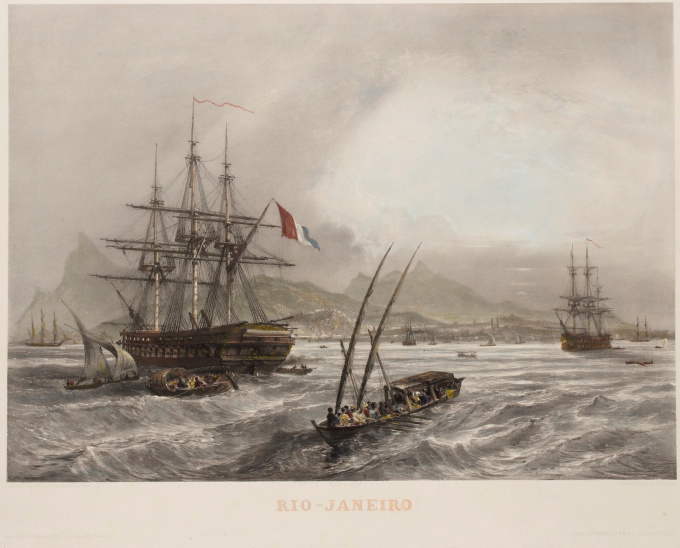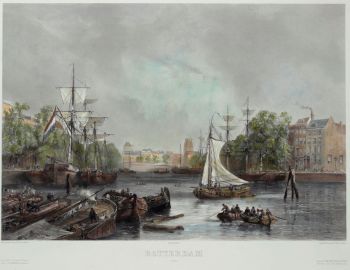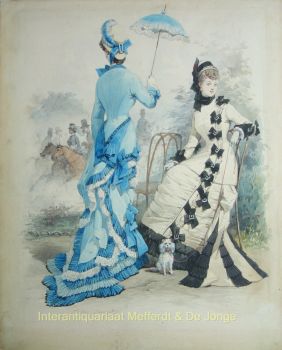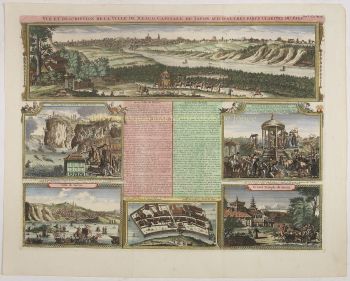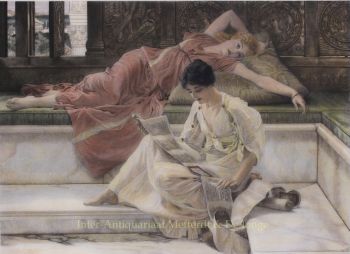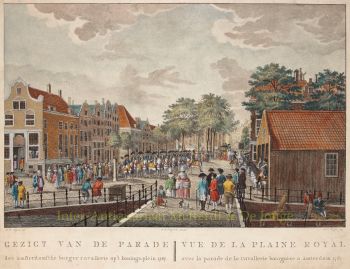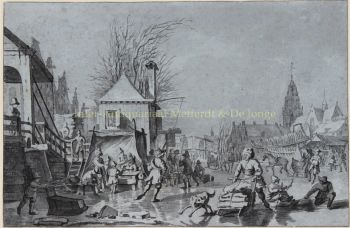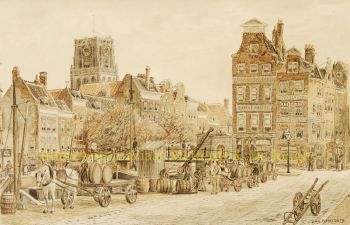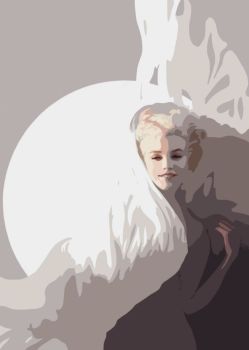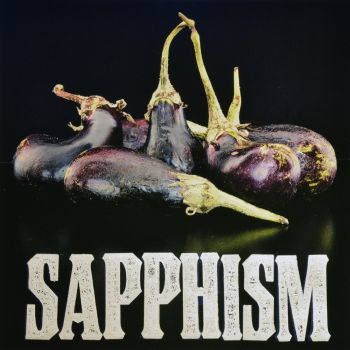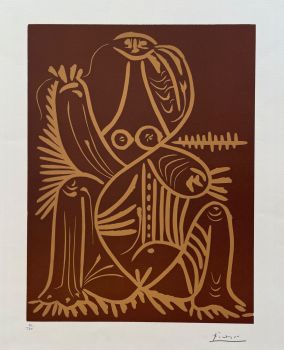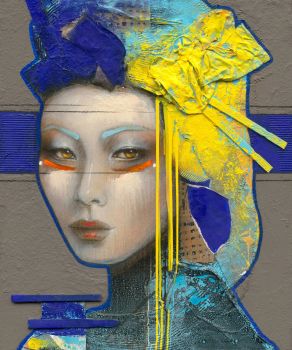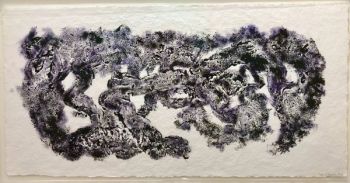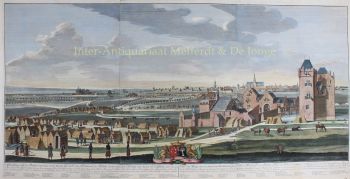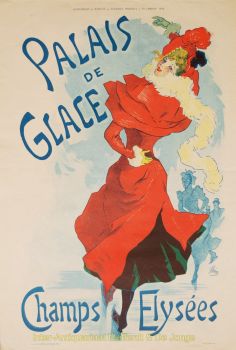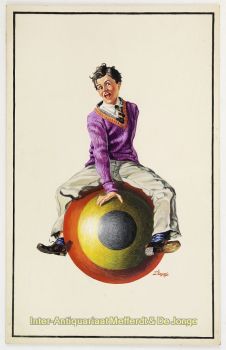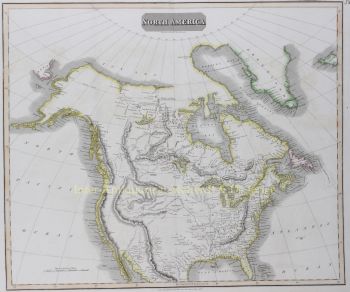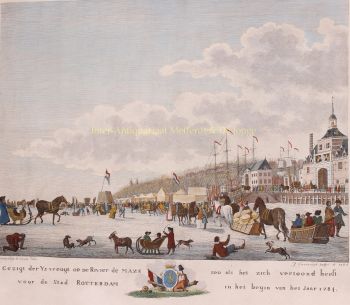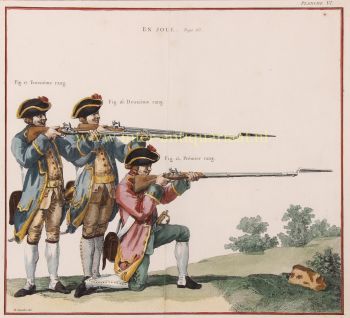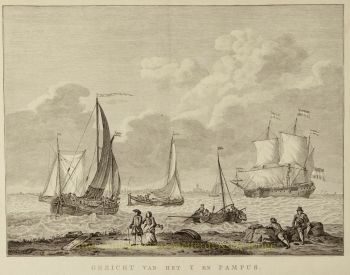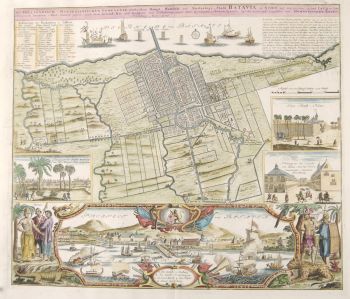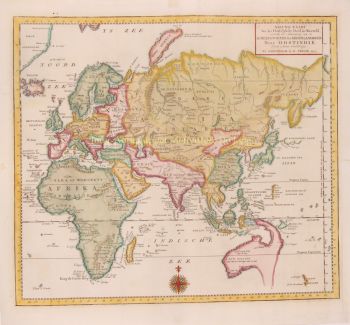Rio de Janeiro 1850
Sabatier
€ 1.350
Inter-Antiquariaat Mefferdt & De Jonge
- Sobre la obra de arteRARE MID 19TH CENTURY VIEW OF RIO DE JANEIRO "Rio-Janeiro". Lithography by Léon Jean-Babtiste Sabatier and Lauvergue after Sabatier and Bayot, printed at Cattier in Paris for Bulla & Jouy and Ernest Gambart around 1850. Coloured by a later hand. Size (view): 40 x 55,5 cm (sheet: 63 x 79,5 cm). View of Guanabara Bay on May 6, 1843, before princess Francisca, sister of Emperor Pedro II of Brazil, and her husband, François d'Orléans, Prince of Joinville, board the "Belle Poule". The couple married in Rio de Janeiro on 1 May 1843 and headed for France in the days thereafter. (Read more about the Marriage Princess Francisca and Prince de Joinville, May 1843) The 60-gun frigate Belle Poule (1828-1888), famous for bringing back the remains of Napoléon from Saint Helena to France in 1840, was under command of the Prince of Joinville. 19th-century Empire of Brazil, until 1822 a colony of the Kingdom of Portugal, was under the rule of Emperors Dom Pedro I and his son Dom Pedro II. Unlike most of the neighbouring Hispanic American republics, Brazil had political stability, vibrant economic growth, constitutionally guaranteed freedom of speech, and respect for civil rights of its subjects, albeit with legal restrictions on women and slaves. The monarchy managed to bring peace and stability to the country, which eventually became an emerging international power. With prosperity and economic development came an influx of European immigration, including protestants and jews, although Brazil remained mostly catholic. Slavery, which had initially been widespread, was restricted by successive legislation until its final abolition in 1888. Brazilian visual arts, literature and theatre developed during this time of progress. Although heavily influenced by European styles that ranged from Neoclassicism to Romanticism, each concept was adapted to create a culture that was uniquely Brazilian. Until the early years of the 20th century, Rio de Janeiro was largely limited to the neighbourhood now known as the historic city centre, on the mouth of Guanabara Bay. Léon Jean-Babtiste Sabatier (? - 1887) was a French painter, engraver and draftsman who made a number of picturesque views. He exhibited at the Paris Salon from 1827 to 1870, obtaining a bronze medal in 1839. An other view by Sabatier can be found here. Price: Euro 1.350,-
¿Está interesado en comprar esta obra de arte?
Artwork details
Categoría
Related artworks
- 1 - 1 / 1
- 1 - 4 / 24
- 1 - 4 / 12

